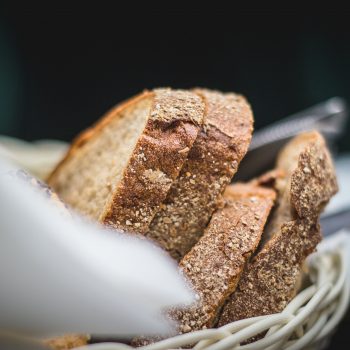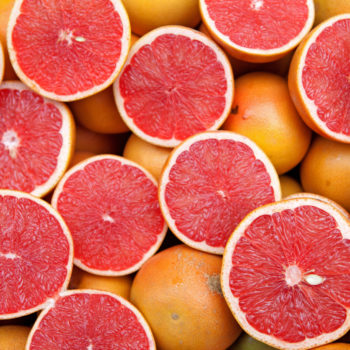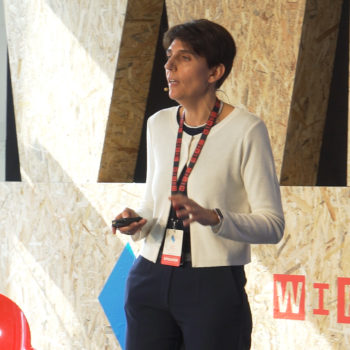Iron is an indispensable mineral for the transport of oxygen to the tissues, which is why it is essential for the proper development and health of children and young people. During the growth period, in fact, the iron requirements increase and therefore it is easier to meet a shortage. This leads to weakness, anemia, predisposes to frequent infections and growth deficits. With Dr. Martina Mura, dietitian of Humanitas, we talk about what are the causes of iron deficiency in children and how to identify them.
A diet poor in fruit and too many dairy products
The causes of iron deficiency are to be found either in poor dietary intake or poor mineral absorption or blood loss.
Children are at risk of iron deficiency when they follow a diet low in iron sources (such as meat, fish and legumes) and abuse milk and dairy products (rich in calcium, which interferes with iron absorption) instead. Vitamin C, contained in fruit, on the other hand, improves the absorption of iron even that contained in vegetables. Using lemons to season vegetables and finish the meal with a fruit are therefore small steps to increase the absorption of iron.
Teenagers and girls in puberty are even more at risk because they often begin to follow unbalanced eating styles, drastic diets, which lead them to eliminate whole groups of foods, and menstruation is a loss of iron. It may also happen that the inability to absorb iron from food depends on diseases such as coeliac disease or Crohn’s disease; in this case the symptoms present must be brought to the attention of a specialist.
At the table with Humanitas Salute: couscous of lentils and flowers
Recipe-couscous
Food and beverage
Diet after the holidays, do you know that fruits and vegetables reduce appetite?
On a diet after the holidays, do you know that fruits and vegetables reduce appetite?
What foods are richest in this mineral?
The foods that are rich in iron are innards (liver and spleen), white and red meat, fish and shellfish (squid, mussels, and clams), legumes, eggs, brewer’s yeast and dried fruit. It is important to get children used to a varied diet right from the start.
Symptoms and signs
General lack of energy and fatigue are among the most common.
Pale appearance and a general feeling of tiredness occur when hemoglobin levels decrease and are therefore among the first consequences of iron deficiency.
Children suffering from iron deficiency may also appear more fragile, with little appetite and the strange desire to ingest non-food foods such as ice, dirt, paint or earth and for this reason run a slightly high risk of incurring lead poisoning and infections.
Diagnosis and treatment
Diagnosis of an iron deficiency requires an assessment of the child by the pediatrician. The assessment should exclude the presence of any underlying pathological condition that may lead to iron malabsorption or blood loss, such as celiac disease. The diagnosis is based on a detailed history of the nutritional intake the child is used to, an objective examination and a laboratory test to assess the levels of iron, hemoglobin and iron reserves in the blood.
Treatment generally involves taking iron supplements under medical supervision.








